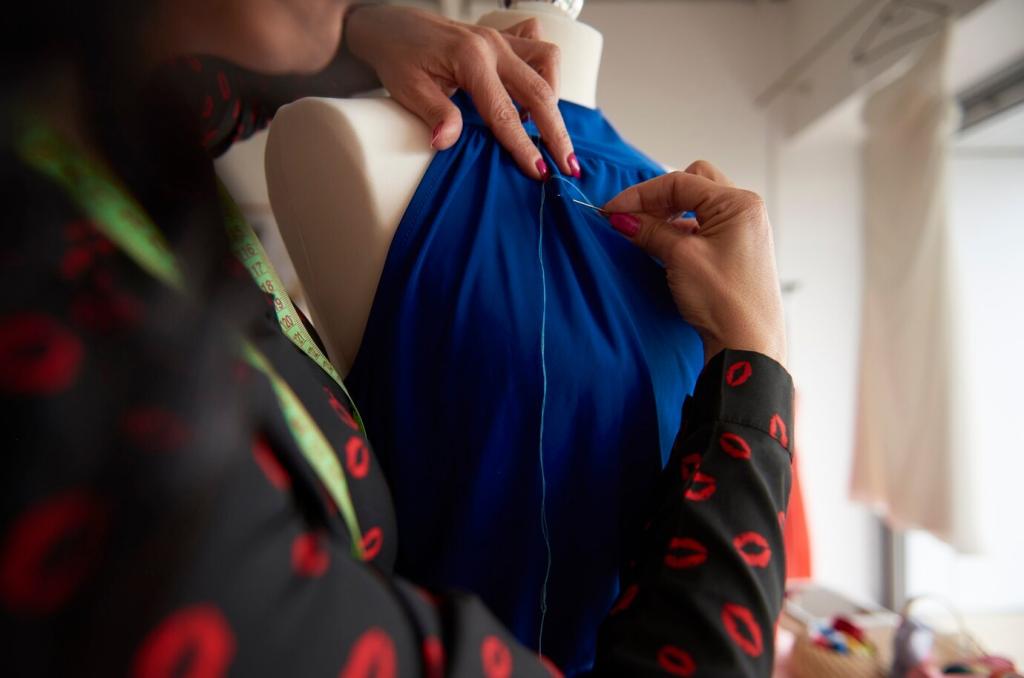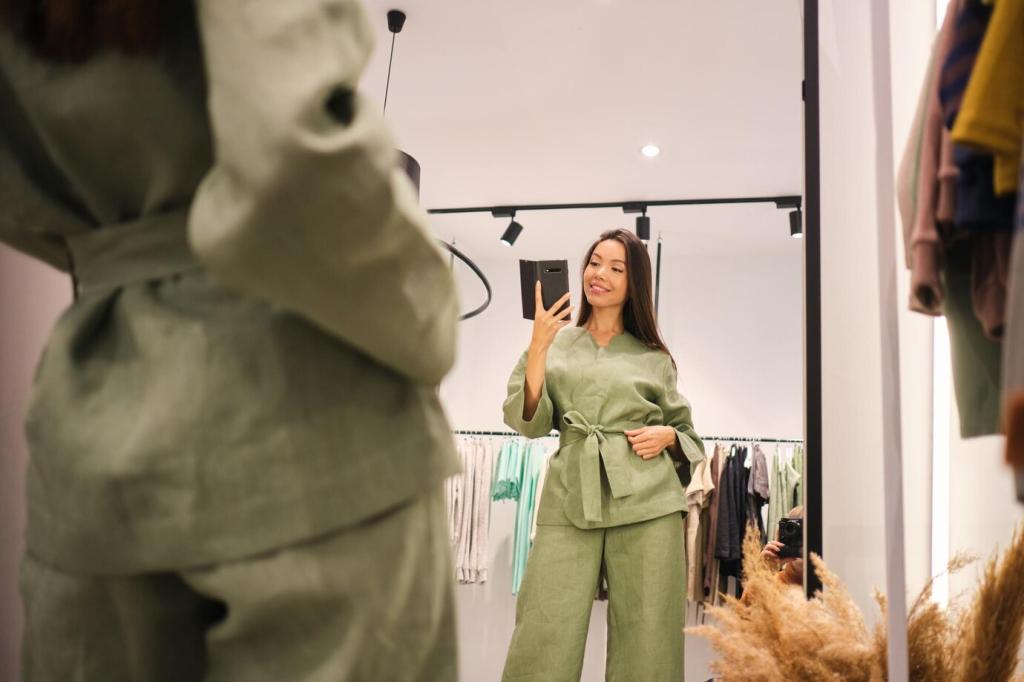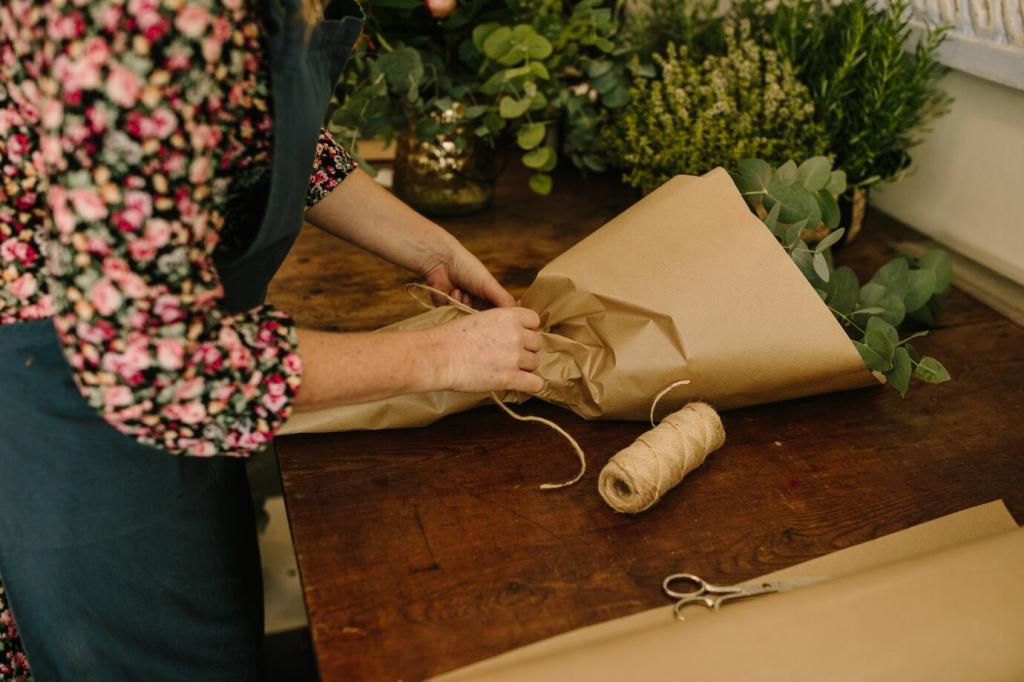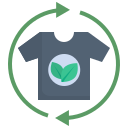Top Eco-Conscious Clothing Lines to Watch
Chosen theme: Top Eco-Conscious Clothing Lines to Watch. Discover trailblazing labels shaping a cleaner, fairer fashion future—plus practical ways to spot real progress, share your favorites, and join our community for fresh, planet-positive wardrobe inspiration.
What Makes a Clothing Line Truly Eco-Conscious
Look for clothing lines using organic cotton, TENCEL Lyocell, hemp, recycled nylon, and deadstock fabrics, ideally backed by certifications like GOTS. These fibers reduce pesticides, water use, and waste—great indicators for eco-conscious lines worth watching closely.


What Makes a Clothing Line Truly Eco-Conscious
Eco-conscious labels invest in low-impact dyes, closed-loop processes, and effective wastewater treatment, sometimes aligned with bluesign or ZDHC frameworks. If a line transparently reports water savings and chemistry controls, it’s genuinely worth your attention.
Spotlight: Pioneers Setting the Standard

Patagonia popularized repair culture through programs encouraging mending before buying new, alongside recycled inputs like materials made from discarded fishing nets. Watching their initiatives helps you understand how durability and circularity can scale across clothing lines.



Circularity in Action: Take-Backs, Repairs, and Resale
Look for labels that accept worn items for recycling or refurbishment, then transparently report outcomes. Watching these programs over time reveals which clothing lines meaningfully close loops versus those merely collecting garments without measurable circular progress.
How to Vet Claims and Avoid Greenwashing
Seek third-party certifications, lifecycle assessments, and supplier disclosures. When clothing lines quantify goals and publish methodologies, you can compare progress year over year, making your watchlist smarter and your support more impactful.


How to Vet Claims and Avoid Greenwashing
Pay attention to absolute emissions, energy sources, and verified recycled content percentages. Real eco-conscious clothing lines share consistent metrics, letting you track improvements rather than relying on feel-good adjectives with no data behind them.



What to Watch Next: Trends Shaping Sustainable Style
More labels are investing in farms that rebuild soil and biodiversity while producing fibers. Follow brands that share farm-level data and partnerships, because those details reveal long-term commitments rather than short-lived marketing moments.
